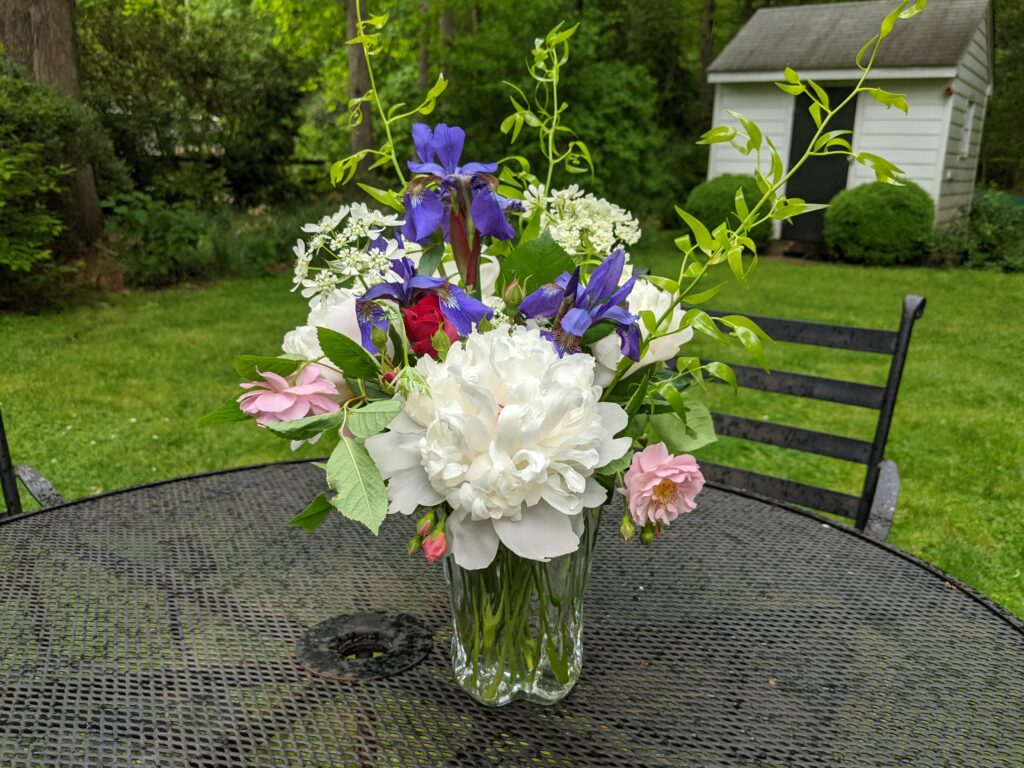Flowers from The Ashland Garden Club’s first Club gathering in 14 months!
A BIG THANK YOU TO OUR LOVELY HOSTESS, DALE S. !!!!!
YOU ARE THE “HOSTESS WITH THE MOST-EST!”

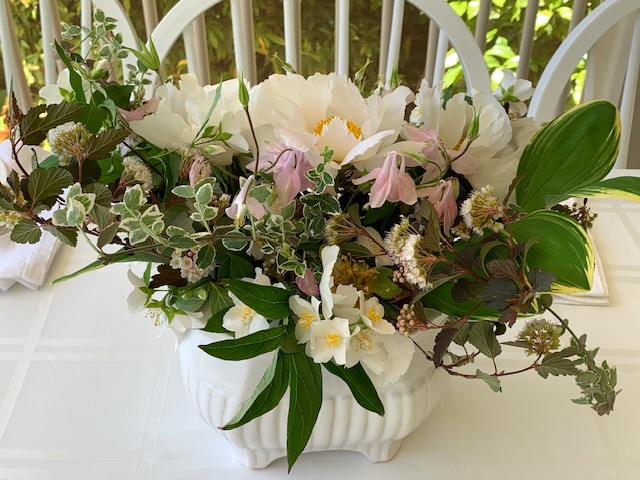
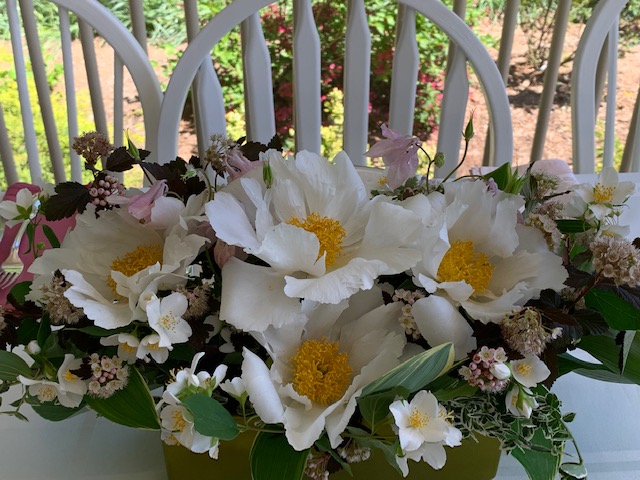

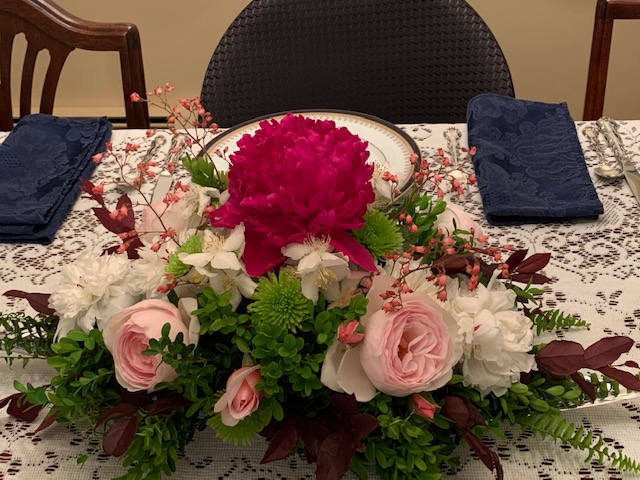

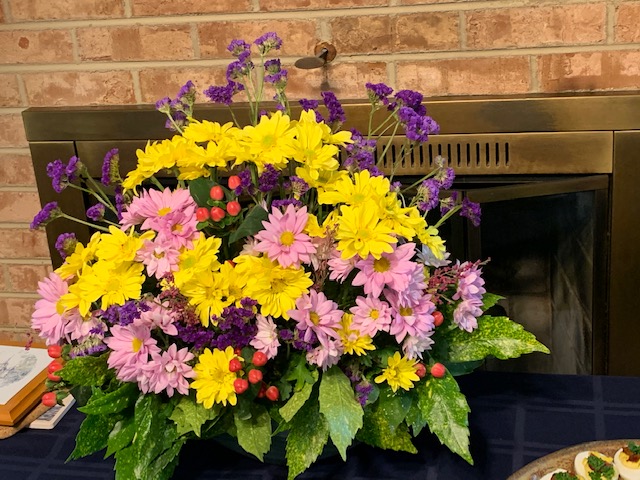
Flowers from The Ashland Garden Club’s first Club gathering in 14 months!
A BIG THANK YOU TO OUR LOVELY HOSTESS, DALE S. !!!!!
YOU ARE THE “HOSTESS WITH THE MOST-EST!”







Bebe L., ” wish you could smell these deliciously fragrant sweet peas. I planted them last fall according to Lisa Ziegler’s directions. She owns The Gardener’s Workshop in Newport News. Like all flowers, they are only for the moment but what a treasure to experience!!”

“Look at the garden friend who had been in my Sweet Pea Patch!!”

“Mathews County flowers,” from Anne C.




“Lavender,” from Susan B.

“Here is a picture of my favorite May flowers,” Miriam G.
